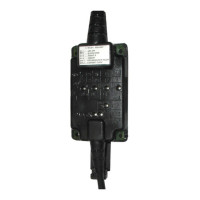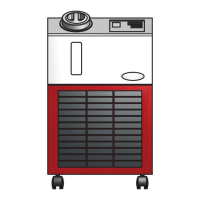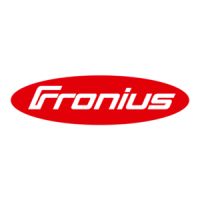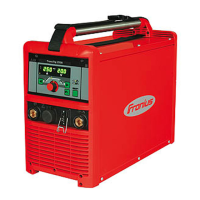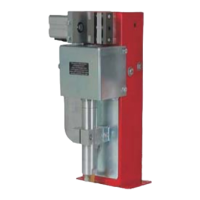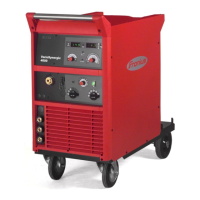Do you have a question about the Fronius BIAS 300 Plasma and is the answer not in the manual?
Explains the meaning of danger, warning, and caution symbols and notes.
Covers general safety standards, operator qualifications, and the importance of following instructions.
Defines intended use, prohibited uses, and limitations for the device.
Specifies ambient temperature, humidity, and air quality requirements for operation.
Outlines responsibilities for operators and personnel regarding safe operation and training.
Details protective clothing and measures to protect operators from hazards.
Warns about risks from mains and welding current, including electrocution.
Provides guidance on electromagnetic compatibility and avoiding interference.
Identifies risks associated with moving parts, welding wire, and thermal hazards.
Covers safety measures for device placement, stability, and transportation.
Emphasizes ensuring safety devices are functional during normal operation.
Covers requirements for parts, modifications, and general repair safety.
Recommends periodic safety inspections and calibration of the power source.
Provides instructions for proper disposal and information on safety marks.
States the copyright holder and rights reserved for the operating instructions.
Describes the BIAS 300 Plasma as a digitized, microprocessor-controlled inverter power source.
Explains the role of the control unit and digital signal processor in managing the plasma process.
Lists plasma processes suitable for the BIAS 300 Plasma requiring constant power.
Details optional interfaces like analog, Profibus, and slave configurations.
Identifies and describes indicators and controls on the front of the BIAS 300 Plasma.
Details the various ports and connectors located on the rear panel of the device.
Highlights safety warnings before initial power-on and operation.
Reinforces that the device must only be used for its specified plasma processes.
Specifies the necessary interfaces (analog, Profibus, slave) for operation.
Covers device placement, stability, and protection from environmental factors.
Provides instructions and notes regarding the correct mains voltage and connection.
Emphasizes safety precautions during the connection and initial setup phase.
Details the steps for commissioning a single power source unit.
Explains the procedure for connecting multiple power sources in parallel.
Reiterates safety warnings related to electrical hazards during operation.
Describes the arc watchdog feature and its role in monitoring output current.
Explains the safety function that allows external devices to immediately stop the power source.
Shows the location of the MM_ARC PCB inside the power source.
Details how to refit the side panels after internal work.
Provides general advice on the power source's safety system and troubleshooting approach.
Lists common causes and remedies for the power source failing to operate.
Explains the meaning of error indicators and common fault scenarios.
Details specific error codes and their corresponding causes and solutions.
Outlines the minimal care requirements for long-term usability.
Lists checks to perform before each start-up, including cable and airflow.
Describes maintenance tasks to be performed every six months.
Notes on correctly rating mains plugs, leads, and fuses for special voltages.
Lists key technical specifications like voltage, current, power, dimensions, and weight.
Presents the graphical representation of the power source's output characteristics.
| Brand | Fronius |
|---|---|
| Model | BIAS 300 Plasma |
| Category | Welding Accessories |
| Language | English |
